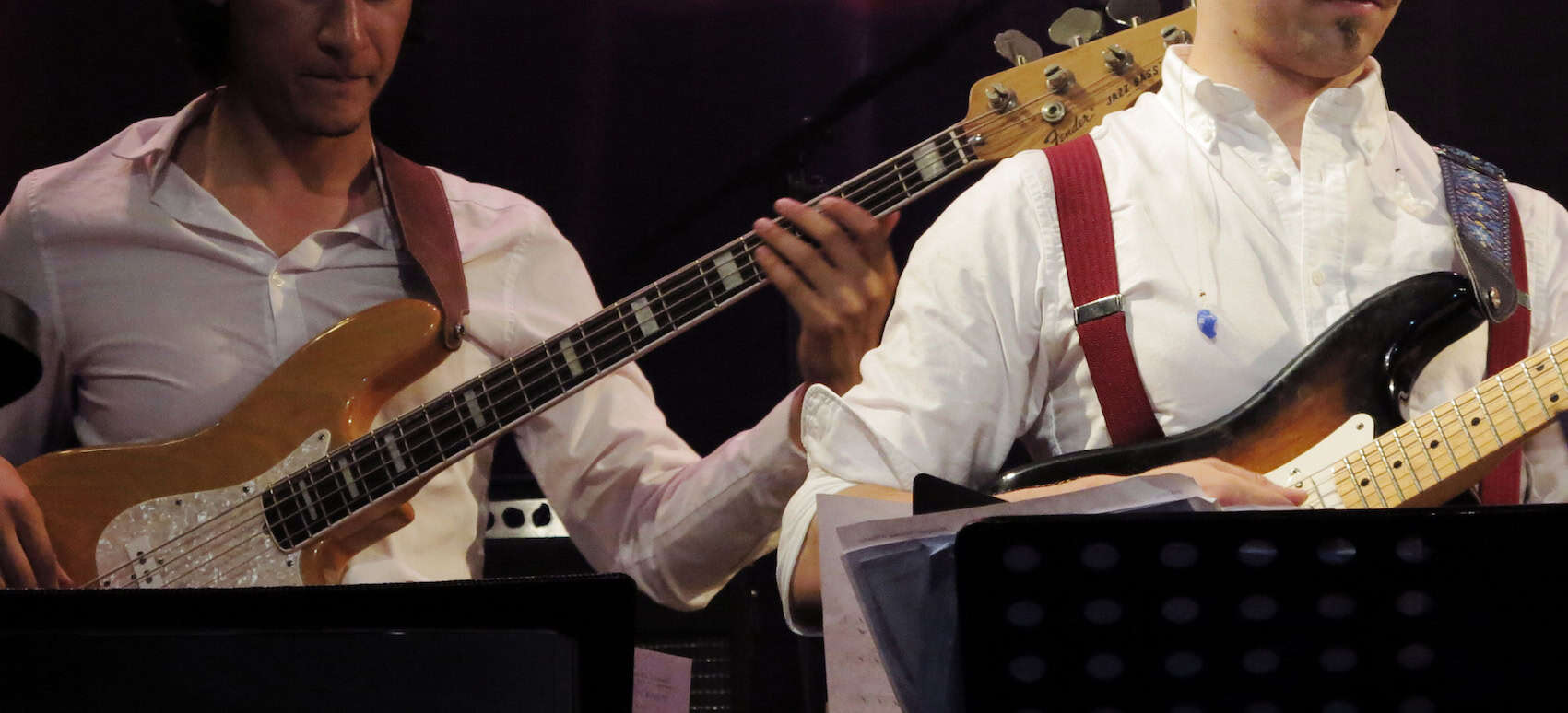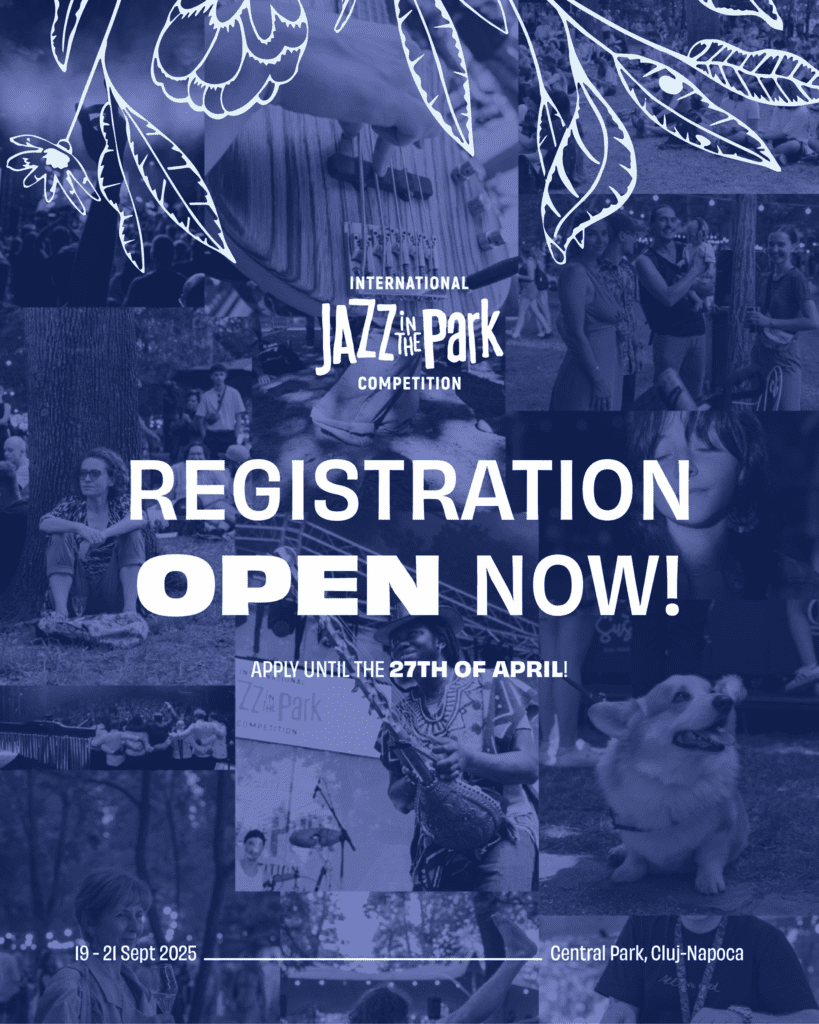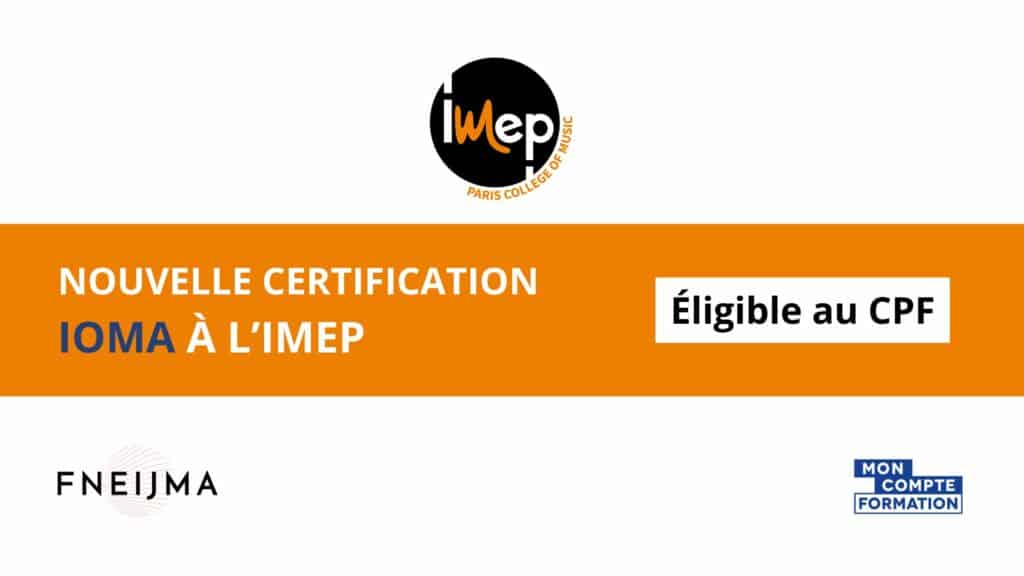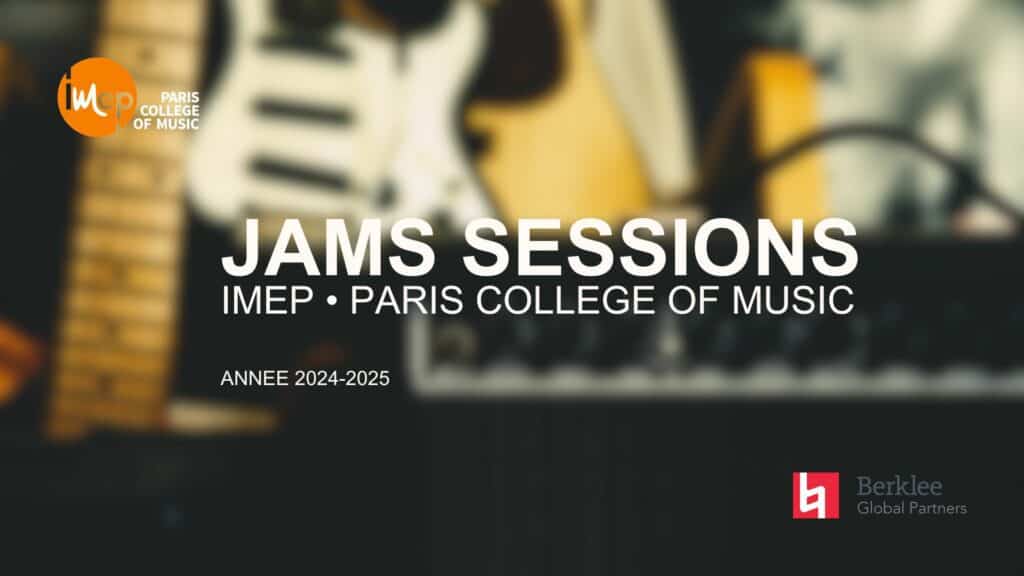Learning bass or guitar sight reading techniques : A true challenge and a hard task!
Furthermore, guitar sight reading will not make you a star or a virtuoso, but the benefits of doing so are a lot more than productive!
Guitarist and composer John Mc Laughlin wrote the following about reading : “What i would recommend to guitar players is that they need to read music. Guitar players are notorious about not reading, but music is your personal language, you need know how to read it and to write it.
Guitar sight reading … for what purpose?
– Performing all the jobs on which fluent reading of written music is required (orchestras, musical comedy, studio, any written arrangement, …)
– Ensure a last minute replacement
– Play more easily in differents groups
– Set up programs quickly and efficiently
– Communicate professionally with other musicians
– Being considered and appreciated as a skilled professional musician and respected accordingly
– Save a lot of time in all circumstances
…And first of all :
– Know your instrument
– Study efficientely
– Read a lot in order to get a knowledge of different kind of music.
– Learn some new repertoire
– Get the most from a wold known language

Being aware of so many advantages, it appears that the apprenticeship of sight reading on the guitar gives access to a strategic skill especially when considering a career in music industry. Being a skilled reader is a must for the professional musician whatever the instrument you play!
How to proceed :
– With good learning techniques such as studying a structured and progressive material
– With a daily practice as much as possible, on a regular basis and over a long enough period.
– With good focusing on your practice (move away laptops, computers, social networks, any distraction in general!)
– Being curious, reading everything that comes to your hands, visit the music stores
– Discovering progressively that reading can be a pleasure (that’s what it becomes really with practice!)
More information and general advice :
During the ongoing process of learning, empiricism is not recommended! Fingerings should be rigorous and always played the same way.
There are several good reasons for that : First, allow efficient, rational, and much faster memorization of the notes on the fingerboard. It will also help to avoid looking to your fingers while reading! It is, indeed, essential to watch the score in a continuous way to avoid being lost in the music (and subsequently, having to stop!). Finally, with well-worked fingerings, the percentage of errors in the music tends to approach zero.
Indeed, we are talking about guitar sight reading. In mo professional contexts, it is impossible to stop once the song has begun. Therefore, the reader must be able to master the music text without stopping or getting lost, while managing any error that could occur.
This is a huge constraint that justifies on its own, technicality, organized learning, and hardworking on a sufficiently long period (2 years or more, depending on your level and motivation).
Different approaches to learn sight reading on the guitar.
On a keyboard, notes are visually classified from low to high register symmetrically. This is not the case of the guitar or the bass. The notes are scattered on the six (four) strings, generating a happy mess that should be structured and correctly organized on the fingerboard to be memorized efficiently.
We, then, realize that there are different possible fingering to play a same phrase. It may be the starting finger that is different, or the strings group used, or if we use position changes or not. These different combinations should be studied and implemented accordingly with the musical context (melody range, key signature, start-ending of the musical phrase, easier playing in a given position than another, sound quality according to the position used, using open strings or not, …)

Organization of fingerings and choice of appropriate reading positions on the fingerboard.
Guitar instructors usually recommend to limit position changes as much as possible in order to help a constant reading without the need of looking to your hands. To do so, some of them will prefer to work with a limited number of generic positions within which every note should be played, including accidentals, using extended fingerings (guitarists only).
Another approach that I recommend personally, is to move similar fingerings according to the key signature, or modulation context. To illustrate this, let’s take any chord fingered without open string on the guitar. An F chord for example, played at the first position of the fingerboard will turn to F # or Gb with the same fingering in 2nd position, and a G in third position, Ab in fourth, etc … The same goes for any scale fingered without open string.

Therefore, playing a G major scale in 2nd position in it’s full accessible range (1st finger in fret II, thus starting from F #, to A, 1st string fret V), will allow to play easily in the key of G or D major. In 3rd position, you will play in Ab or Eb Major. In 4th position, you will play in A or E Major, and so on.
In this system, each finger will always play the same degree of the tonality. This system makes it easy to transpose a same scale or phrase in all keys using position change, and subsequently, to read in all keys. This method helps to coordinate sound, sensorial and graphic memorisation more efficiently.
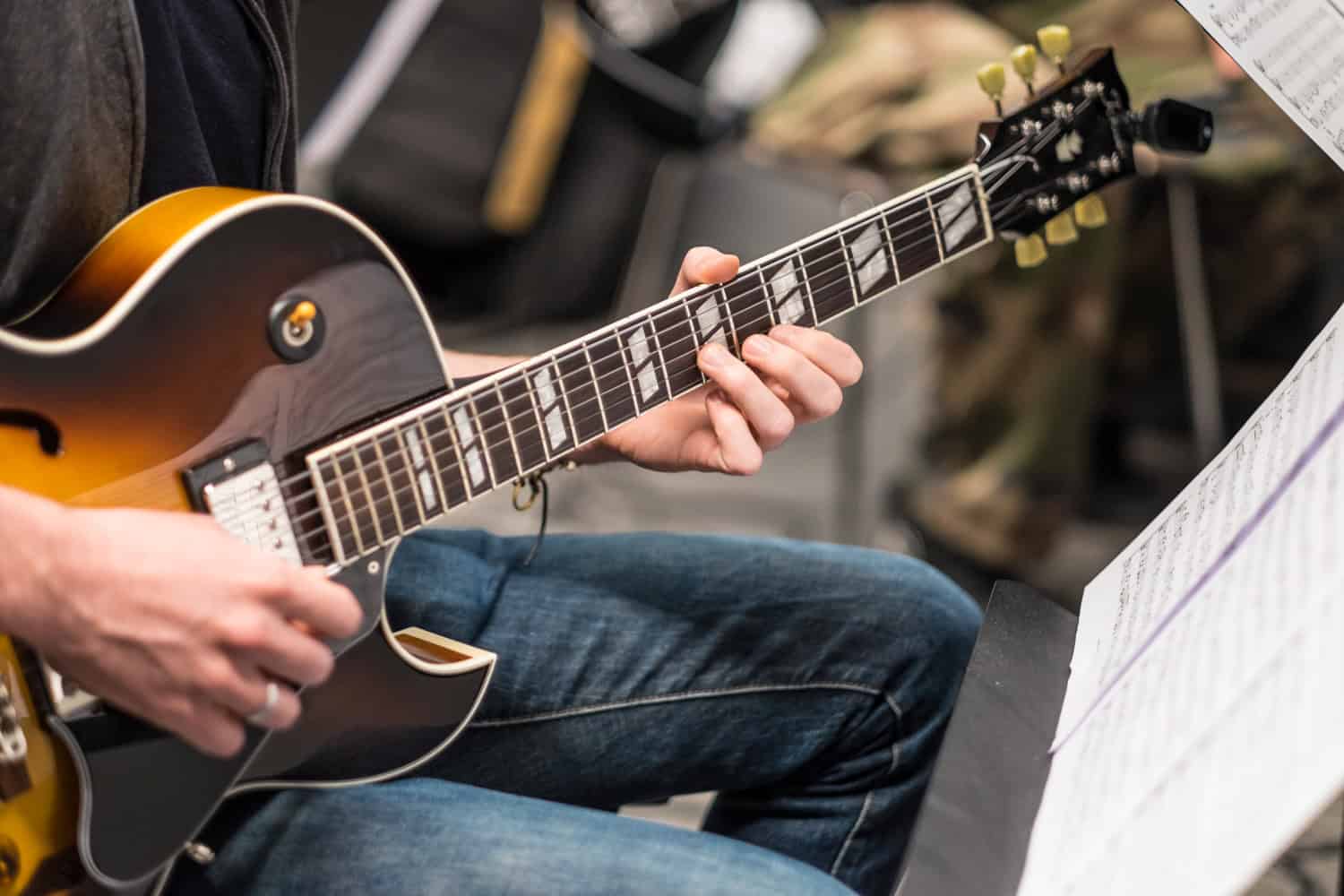
Organization of the workspace
Sit comfortably and if possible, set your music stand on your left (if you are right-handed). Thus, both fingerboard and your left hand should be in your field of vision, and this may be a great help to make any required adjustment with your left hand, keeping eyes on your part.
Methodology :
– Choose an easy material, far below your instrumental level to help you initiate the process. You will increase the difficulty later. The mail goal of this step is to get technical skills.
– Solfiez the rhythm with a metronome set at a slow tempo to achieve a fluent nonstop reading without mistake.
– Beware of metric errors, which are the most common and troublesome mistakes you can do while reading music! Indeed! Forgetting or adding a beat will get you lost in the music regarding the other players.
– To get a good monitoring on your counting, use a metronome with a different sound on the 1st beat and / or better, do not hesitate to count your beats aloud : 1 and 2 and 3 and 4 and 1…. The advantages of this technique are worth more than a thousand times the constrain you may have to practice with it, believe me!
– Next, determine the easiest playing position on the instrument regarding to your musical text, then pick up the notes without worrying about duration and rhythm.
– Once these two steps are sufficiently mastered, try to read using the metronome from beginning to the end, without stopping, trying to manage your mistakes or “lacks of notes” while preserving the metric.
– If it does not work, take the previous steps again.
Last tips…
Material that is too complex is not suitable for the first months of study. You should start on easy, or very easy material. This will allow you to built up your counting technique and positions strategy. Afterwards, you will have to learn scanning the main difficulties contained in a new musical text, often more complex, by anticipating reading strategies. this step will become more and more efficient and fluent with experience.
Good practice to all.
François Fichu, guitar teacher, IMEP • Paris College of Music © 2019

